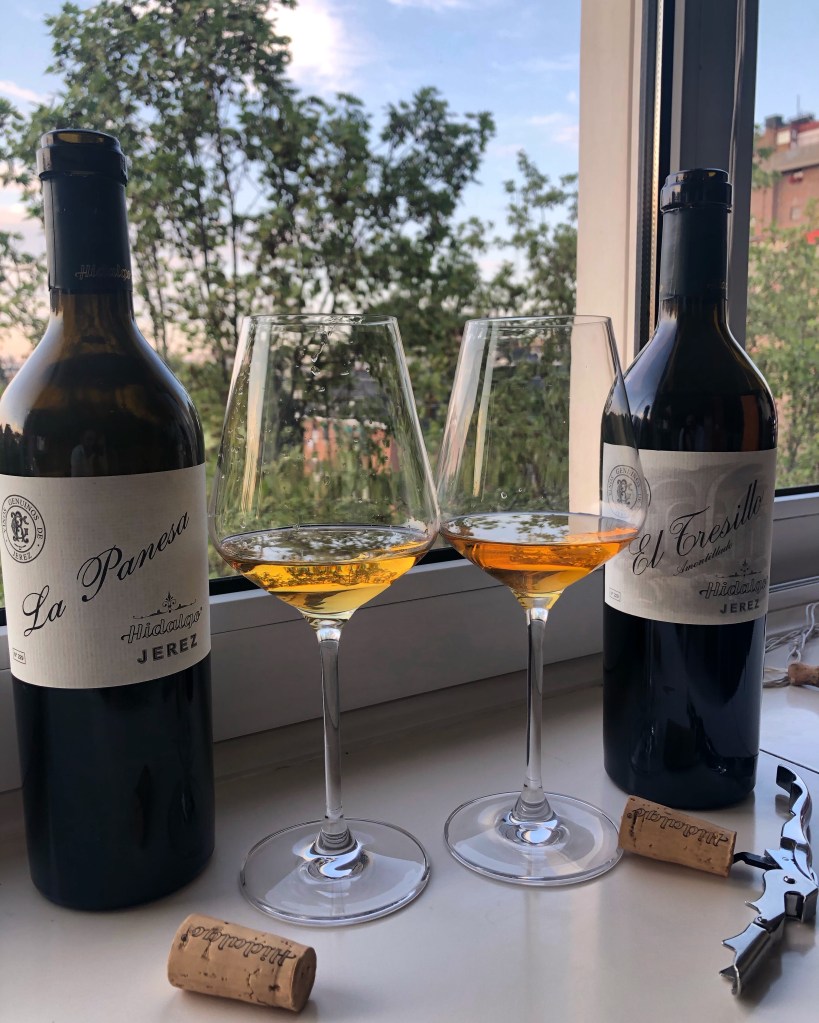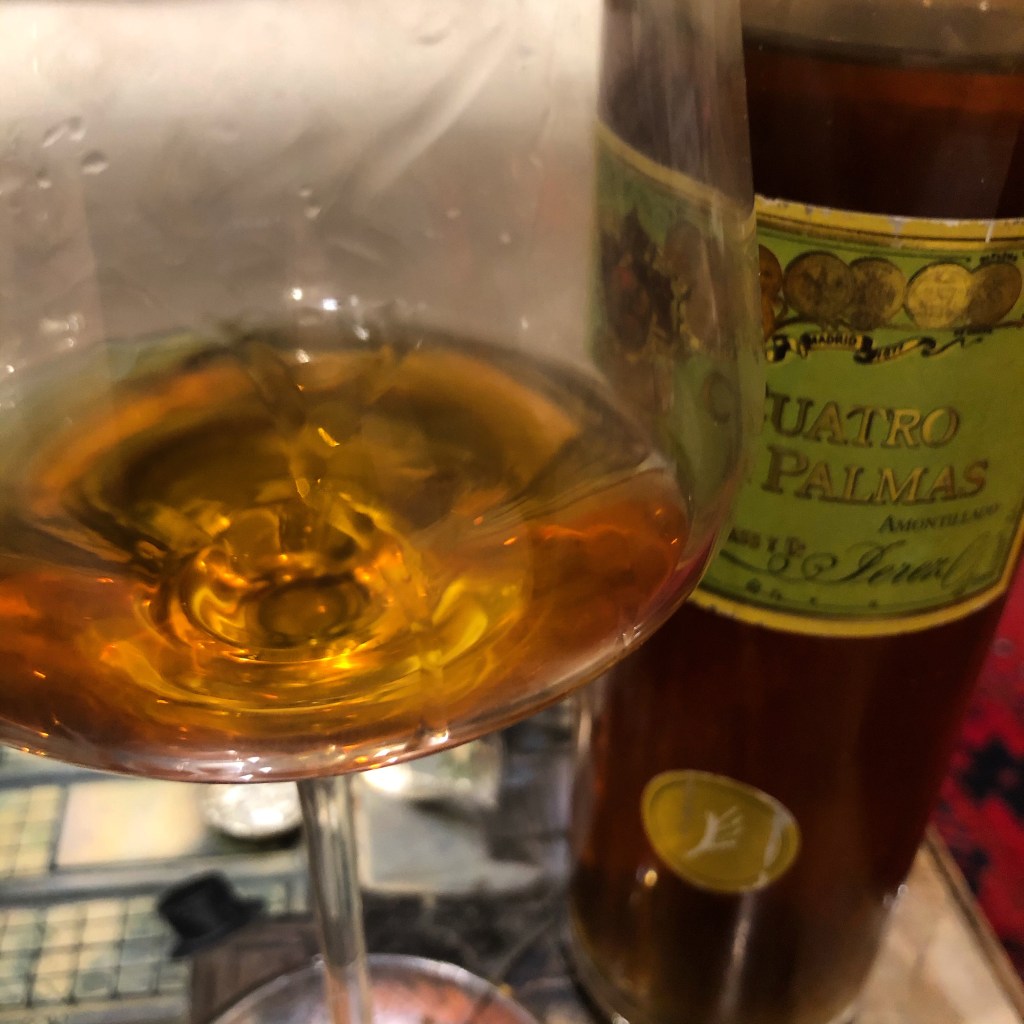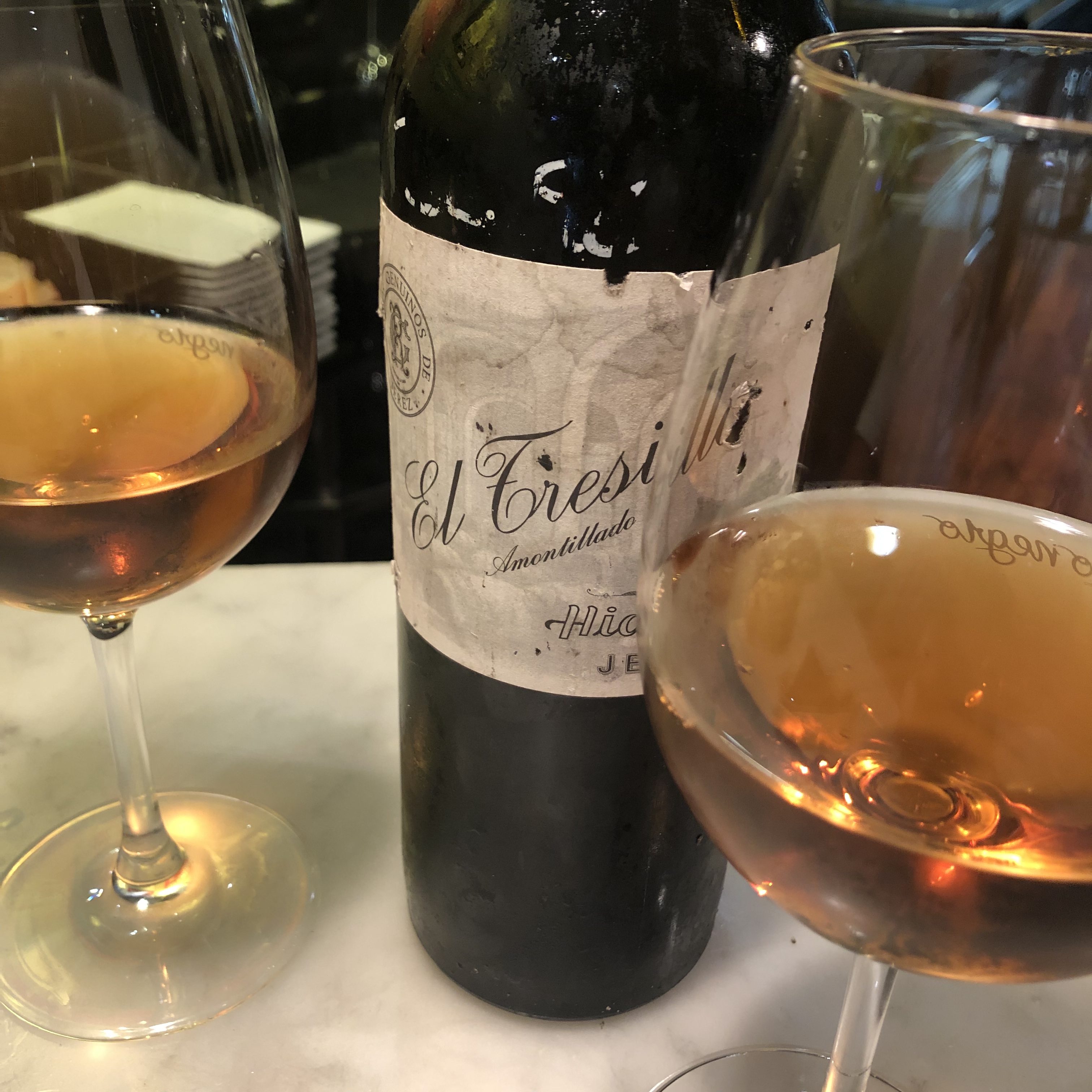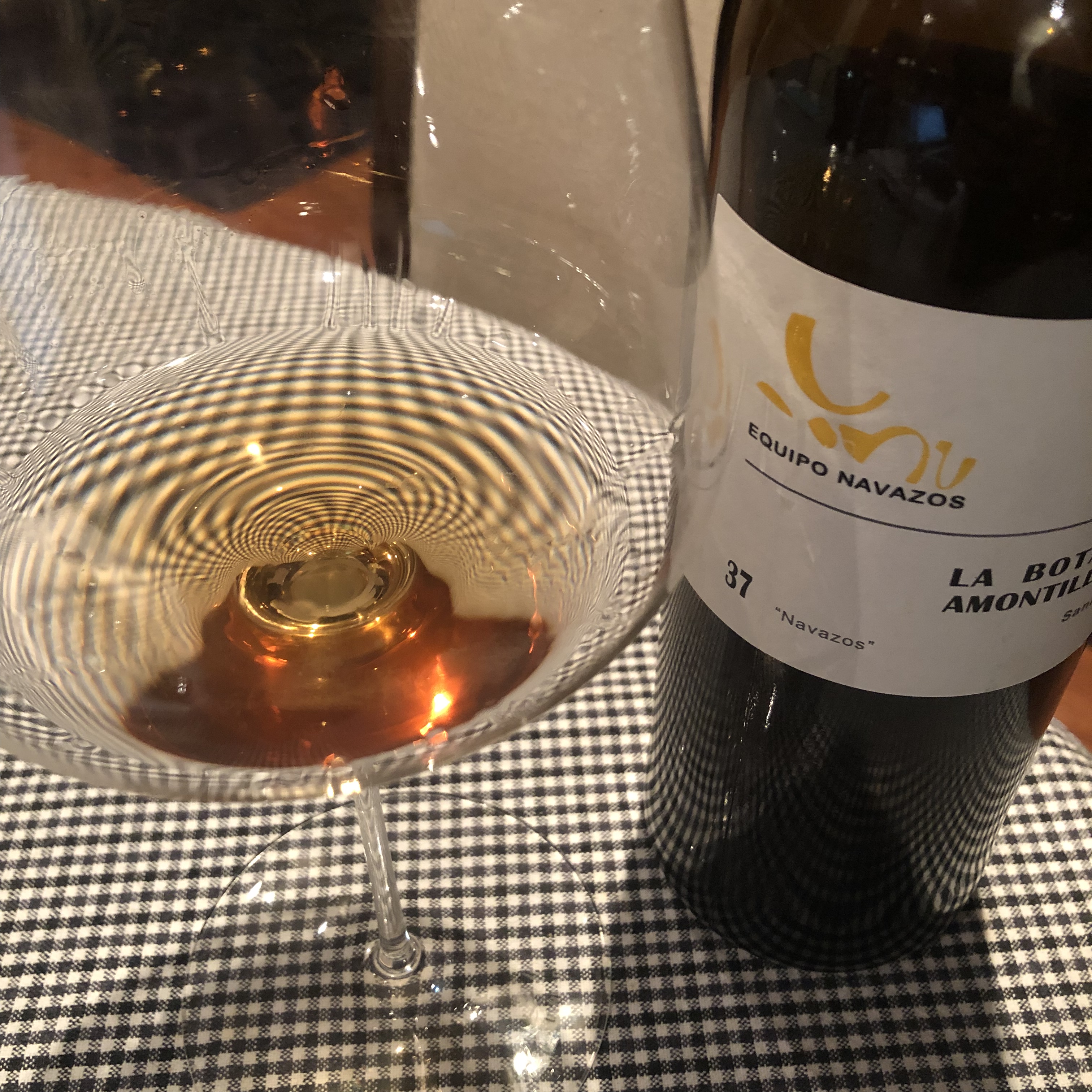
A belated thanks to the crew at Lustau who very generously included me in the celebration of their 125th anniversary by sending me this extremely handsome boxed set of special bottlings.
As with their 3 en rama it is a selection that celebrates their presence in all three of the major centres of el Marco – Papirussa manzanilla pasada from Sanlucar, Amontillado Solera del Castillo from el Puerto de Santa Maria and the 1996 Vintage Sherry from Jerez itself. And they are three cracking wines too.
This is the first time I taste the manzanilla pasada from Papirussa and it is a very nice drop indeed. Whereas Papirussa is a bright fresh apple on the nose, here the apples are older and packed in straw, and on the palate too it is a more serious mouthful. It is punchy and zingy, saline and mouth watering, with more soft apples in the flavours that feed to a long saline burn. A really tidy, punchy little wine all round.
And this post was originally only going to describe the manzanilla pasada but I couldn’t resist opening the amontillado. I love the Lustau wines from El Puerto and this is no exception. From the solera in the Castillo de San Marcos bodega this has had four years of biological action, then 25 years of oxidation, 17 of them static.
If it sounds like it is going to be a gem I am glad not to disappoint. Sweet caramel, church bench and sawdust on the nose, when you breathe in deeply a lovely old brandy – a top class nostrilful. It is just as full of meaning on and about the tongue too – again zingy, gum stinging acidity and rich flavours – more of that brandy sensation that fades to sawdust that fills the mouth and up into the nasal channels. A really pronounced barrel effect in fact.
And that left the vintage sherry and, well, it would be rude not to, no?
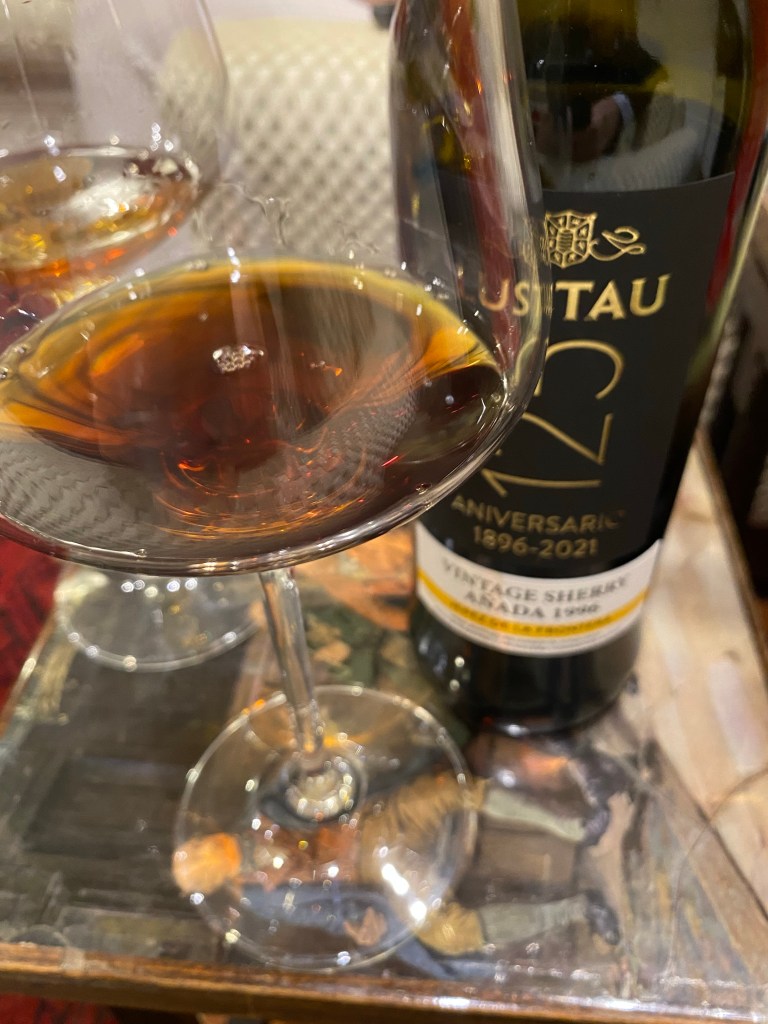
This is frankly wonderful, I love it. From a late harvested vintage no less than 25 years ago this had its fermentation halted early and the result is a fine sweet palomino wine that has spent the intervening period in oloroso butts. I
It was time well spent too. This has just a stunning nose of Christmas cake while baking – fruits, nuts, spices and booze, maybe a touch of cedar cigar box – and then on the sip (or, let’s be honest, gulp) you get all of that again in a lovely velvety package, with acidity that balances the sweetness and a sticky finish that keeps the party going for ages and ages until fading a final note of cigar at the end. Really superb stuff.
All in all a fantastic box set and a wonderful thing to receive. Many thanks to Lustau once again and many happy returns!
